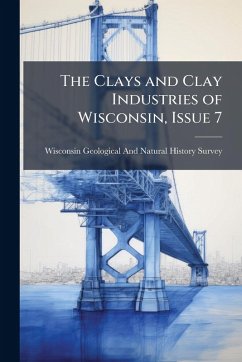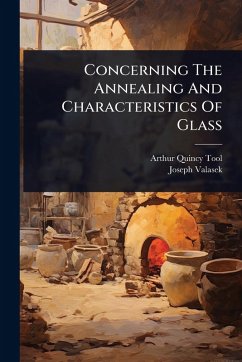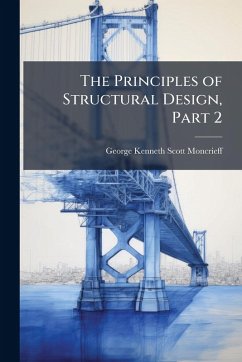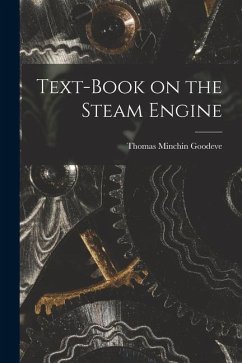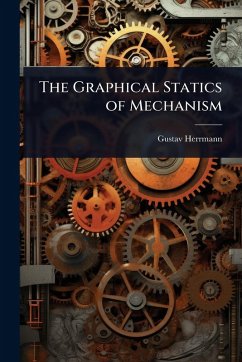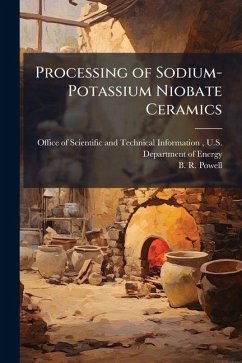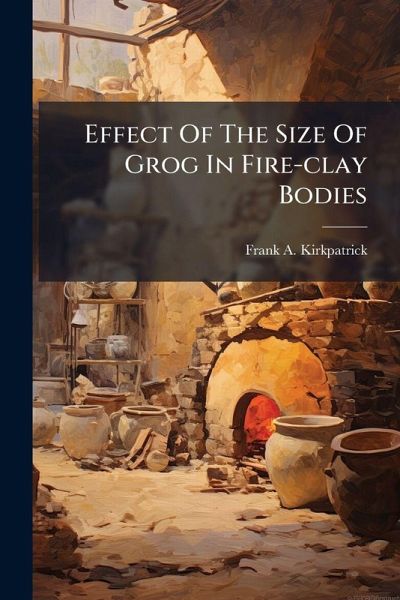
Effect Of The Size Of Grog In Fire-clay Bodies
Versandkostenfrei!
Versandfertig in über 4 Wochen
14,99 €
inkl. MwSt.
Weitere Ausgaben:

PAYBACK Punkte
7 °P sammeln!
Explore the intricate relationship between grog size and the properties of fire-clay bodies in this detailed study by Frank A. Kirkpatrick. "Effect Of The Size Of Grog In Fire-clay Bodies" delves into the impact of varying grog particle dimensions on the structural integrity and performance of ceramic materials. This book offers valuable insights for ceramists, materials scientists, and engineers seeking to optimize their processes and enhance the durability of fire-clay products. Kirkpatrick's research provides a comprehensive analysis, making it an essential resource for both academic study ...
Explore the intricate relationship between grog size and the properties of fire-clay bodies in this detailed study by Frank A. Kirkpatrick. "Effect Of The Size Of Grog In Fire-clay Bodies" delves into the impact of varying grog particle dimensions on the structural integrity and performance of ceramic materials. This book offers valuable insights for ceramists, materials scientists, and engineers seeking to optimize their processes and enhance the durability of fire-clay products. Kirkpatrick's research provides a comprehensive analysis, making it an essential resource for both academic study and practical application in the field of ceramic engineering. Discover how careful control over grog size can lead to significant improvements in the quality and reliability of fire-clay compositions. This work has been selected by scholars as being culturally important, and is part of the knowledge base of civilization as we know it. This work was reproduced from the original artifact, and remains as true to the original work as possible. Therefore, you will see the original copyright references, library stamps (as most of these works have been housed in our most important libraries around the world), and other notations in the work. This work is in the public domain in the United States of America, and possibly other nations. Within the United States, you may freely copy and distribute this work, as no entity (individual or corporate) has a copyright on the body of the work. As a reproduction of a historical artifact, this work may contain missing or blurred pages, poor pictures, errant marks, etc. Scholars believe, and we concur, that this work is important enough to be preserved, reproduced, and made generally available to the public. We appreciate your support of the preservation process, and thank you for being an important part of keeping this knowledge alive and relevant.




